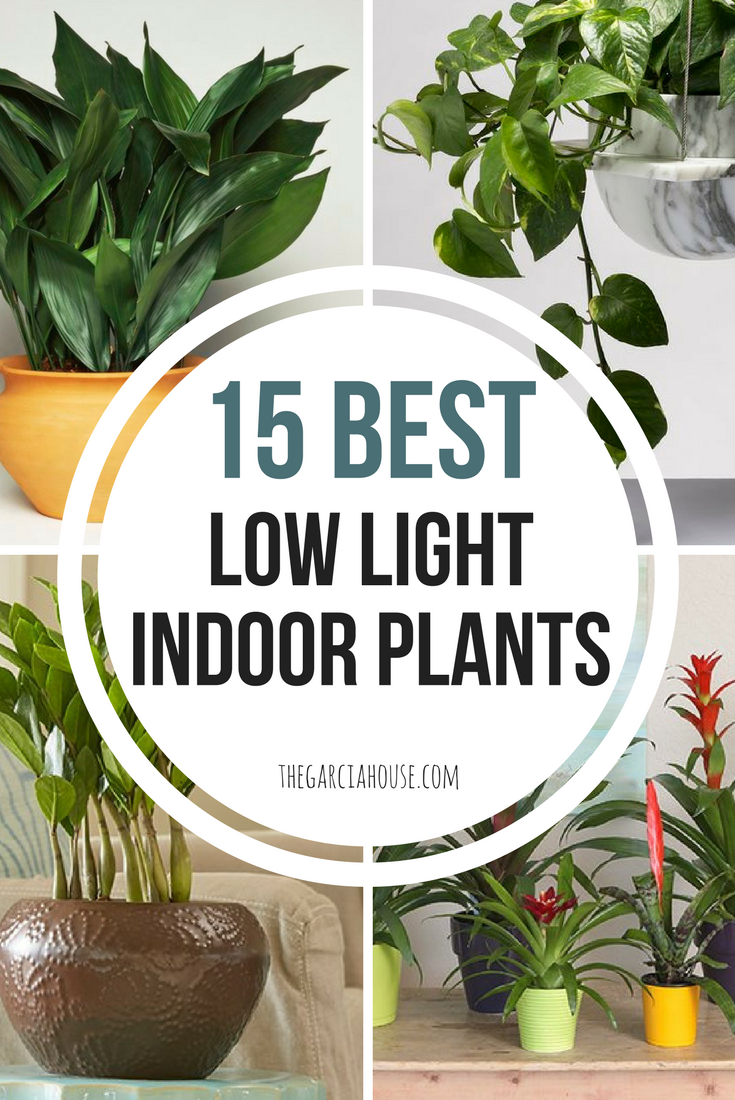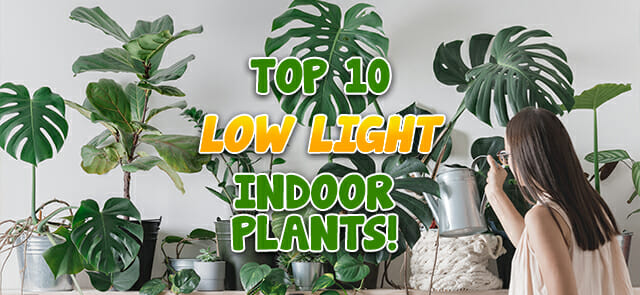The Best Low-Light Indoor Plants You Can Grow Without Natural Light
Reveal the Tricks of Low-Light Indoor Plants and Just How They Boost Your Setting
Low-light interior plants have garnered increasing attention for their one-of-a-kind capability to enhance both visual appeal and ecological high quality within homes and work environments. These resilient species, consisting of the Serpent Plant and Peace Lily, not only thrive in challenging lights conditions yet likewise play an essential role in air filtration and emotional health.
Advantages of Low-Light Indoor Plants
Although lots of people presume that interior plants call for bountiful sunlight to prosper, low-light indoor plants supply a multitude of advantages that make them optimal for numerous atmospheres. Among the key advantages is their versatility; they can flourish in areas with restricted all-natural light, such as offices, cellars, or rooms with little windows. This attribute allows individuals to boost their environments with plant, contributing to improved looks without the demand for extensive lighting alterations.
Furthermore, low-light interior plants can considerably improve indoor air high quality by filtering harmful toxins and releasing oxygen, making living areas healthier. The existence of plants has been linked to higher feelings of serenity and focus.
Furthermore, low-light plants commonly call for much less maintenance than their sun-loving counterparts, making them optimal for busy individuals or those new to gardening. Their durability allows them to prosper with marginal intervention, therefore providing a satisfying experience for plant lovers and beginners alike. In summary, low-light indoor plants serve both functional and visual purposes, making them important additions to any kind of area.
Top Low-Light Plant Ranges
Low-light indoor plants been available in a variety of varieties, each offering one-of-a-kind characteristics and advantages fit for dim settings. Amongst one of the most prominent selections is the Serpent Plant (Sansevieria), known for its building fallen leaves and air-purifying capabilities. This resistant plant grows on neglect and can endure a large range of light conditions.
Another outstanding selection is the ZZ Plant (Zamioculcas zamiifolia), which includes glossy, dark environment-friendly leaves and is very drought-tolerant. Its versatility makes it a preferred for workplaces and homes with restricted sunshine.
The Pothos (Epipremnum aureum) is also a top challenger, with its tracking creeping plants and heart-shaped leaves - Best low-light indoor plants. This flexible plant can be trained to climb or cascade, including aesthetic interest to any kind of area

Treatment Tips for Low-Light Plants
Caring for low-light interior plants needs a nuanced understanding of their particular demands to make sure optimal development and vigor. First, it is necessary to choose the right potting mix, as a well-draining dirt is important to avoid origin rot. A blend designed for houseplants, often consisting of peat moss and perlite, works well for a lot of low-light selections.
Watering is one more crucial facet of treatment. Low-light plants typically need less regular watering contrasted to their sun-loving counterparts.
Fertilizing needs to be approached with caution. Throughout the expanding period, a watered down fluid fertilizer can be used monthly, yet in winter season, lots of low-light plants get in dormancy and call for little to no fertilizing.
Last but not least, it is essential to regularly clean up the fallen leaves to get rid of dirt, allowing for better light absorption. By adhering to these treatment suggestions, you can grow a thriving environment for your low-light indoor plants, improving both their look and longevity.
Enhancing Air Quality With Plants
Interior plants play a significant role in improving air high quality within homes and workplace. With the process of photosynthesis, these plants take in carbon dioxide and launch oxygen, contributing navigate here to a much healthier ambience. In addition, particular low-light interior plants have the capacity to filter harmful pollutants, such as formaldehyde, benzene, and trichloroethylene, which are typically discovered in indoor environments.

Additionally, the visibility of interior plants can boost humidity levels, which assists ease completely dry skin and breathing problems, even more boosting total wellness. This capability to improve air quality not only advertises physical health and wellness however also supports psychological health.
Incorporating low-light indoor plants right into your living and functioning rooms can bring about a much more invigorating and vivid environment (Best low-light indoor plants). Purchasing these all-natural air purifiers is a straightforward yet effective approach for improving indoor air quality and cultivating a healthier way of life
Creating a Calm Indoor Area
The integration of plants right into living areas not only boosts air high quality but likewise contributes to a relaxing atmosphere. Low-light interior plants, such as snake plants and pothos, are especially reliable in creating a serene environment, as they grow in problems that might otherwise be unwelcoming for other plant. Their lush foliage provides a soothing visual, lowering anxiety and advertising relaxation.
Including these plants into your office or home can evoke a sense of peace and health. Tactically positioning them in areas where you invest significant time, such as living spaces or offices, permits for an immersive experience with nature, which has been shown to enhance state of mind and click to find out more cognitive function.
In addition, the gentle motion of leaves in response to air flow can produce a vibrant visual element that enhances the general setting. Consider utilizing a selection of plant heights and appearances to add depth and rate of interest to your room. With thoughtful placement and care, low-light indoor plants can change any kind of location into a peaceful shelter, cultivating not only aesthetic satisfaction however emotional and additionally psychological health.
:max_bytes(150000):strip_icc()/low-light-conditions-houseplants-1902917-834ee8847a324939b796845a6bc22d36.png)
Conclusion
Integrating low-light interior plants into numerous environments returns significant advantages, including improved air quality and boosted aesthetic appeal. These durable species not just thrive in very little light yet also add to a calming ambience, advertising emotional and mental wellness. By choosing ideal varieties and applying correct care methods, people can successfully cultivate a calm interior space that promotes wellness and performance. The transformative power of low-light plants underscores their worth in improving both property and occupational setups.
Although numerous people assume that interior plants click to read more call for plentiful sunlight to grow, low-light interior plants supply a plethora of advantages that make them suitable for different environments.Furthermore, low-light indoor plants can significantly boost interior air high quality by filtering unsafe contaminants and launching oxygen, making living rooms healthier. Additionally, particular low-light interior plants have the ability to filter damaging toxins, such as trichloroethylene, benzene, and formaldehyde, which are typically found in indoor settings.
Low-light interior plants, such as snake plants and pothos, are particularly reliable in producing a peaceful environment, as they flourish in conditions that may or else be unwelcoming for other plant.Incorporating low-light indoor plants right into different environments returns significant advantages, including enhanced air high quality and enhanced visual allure.